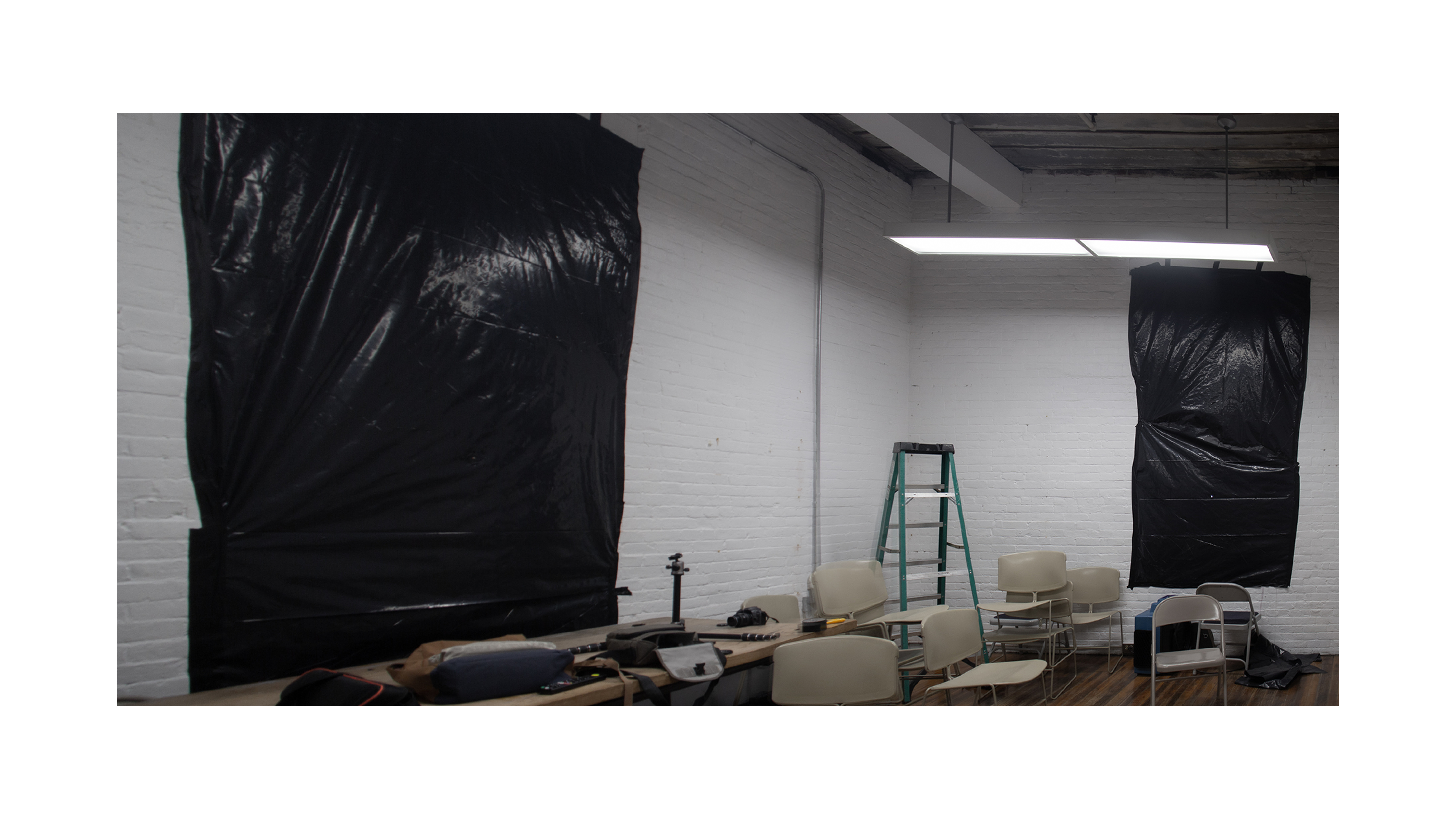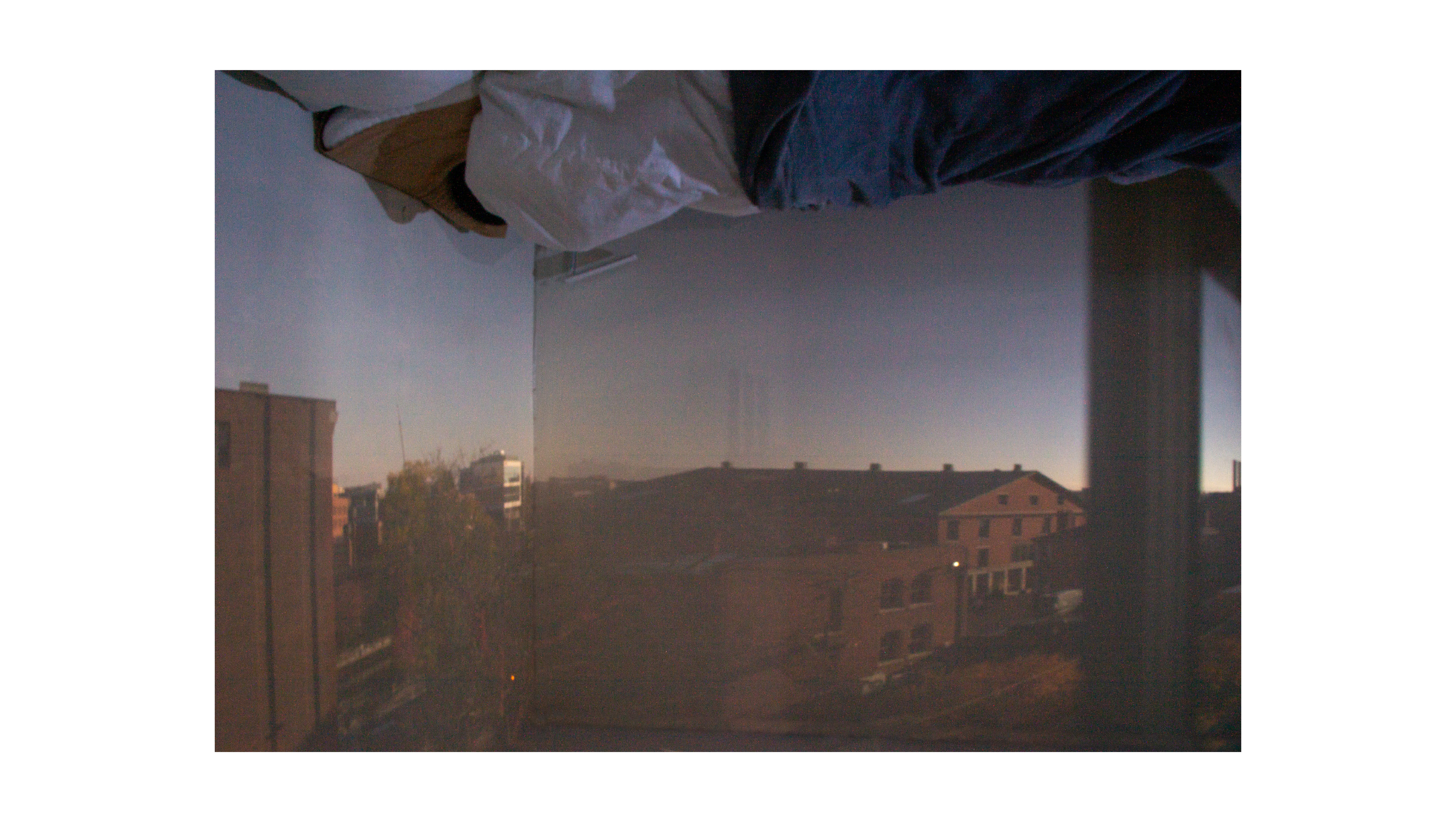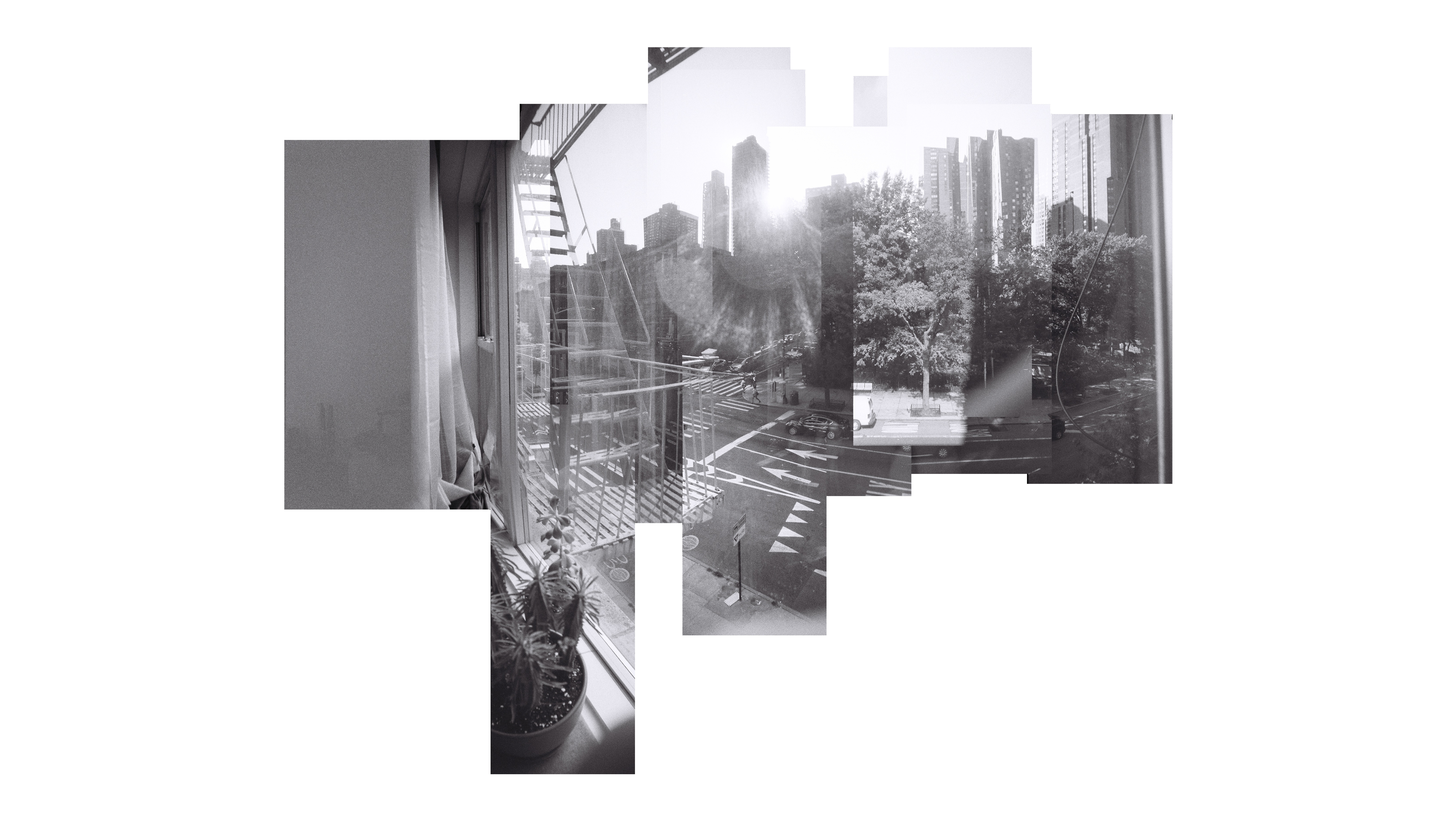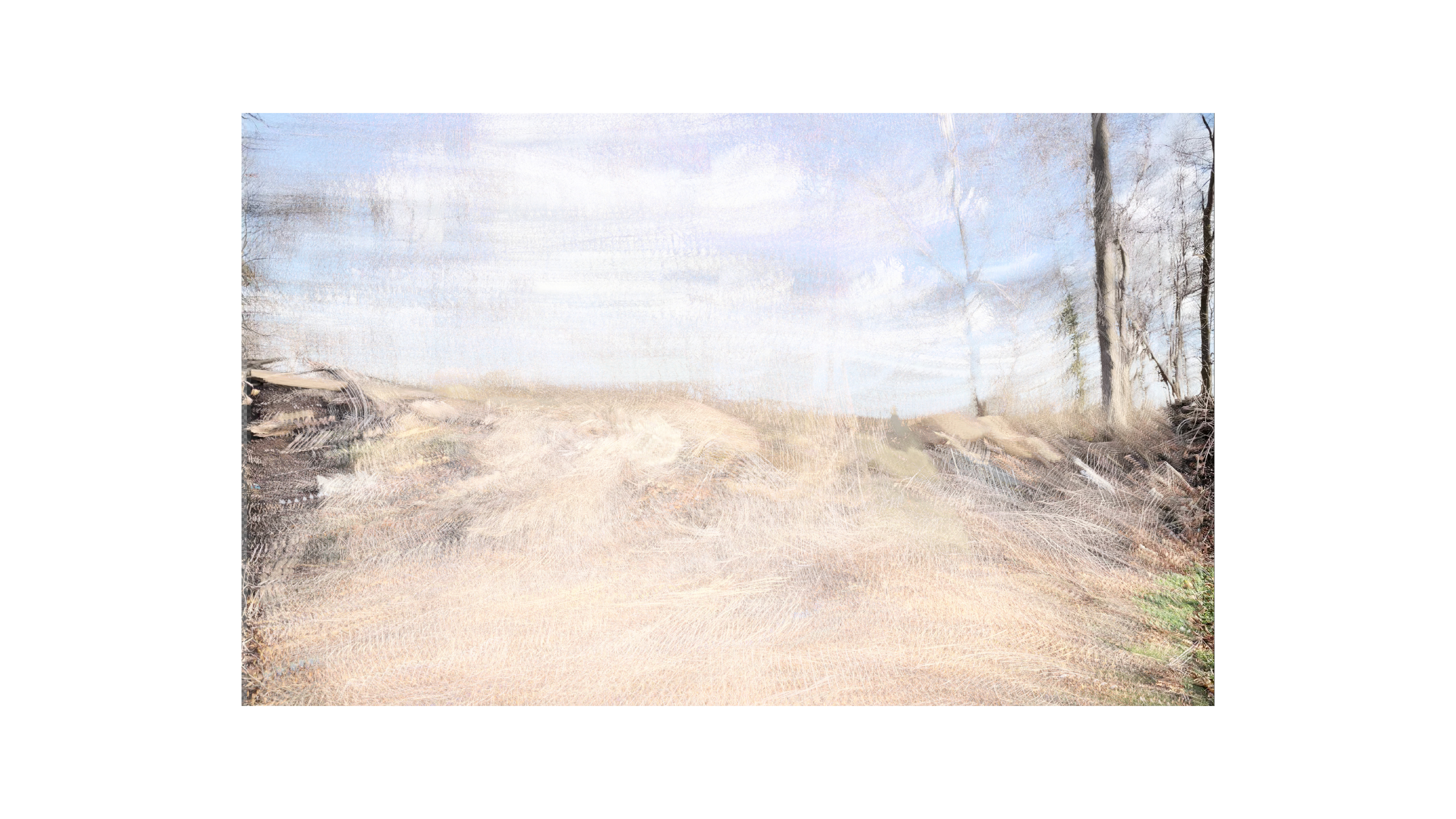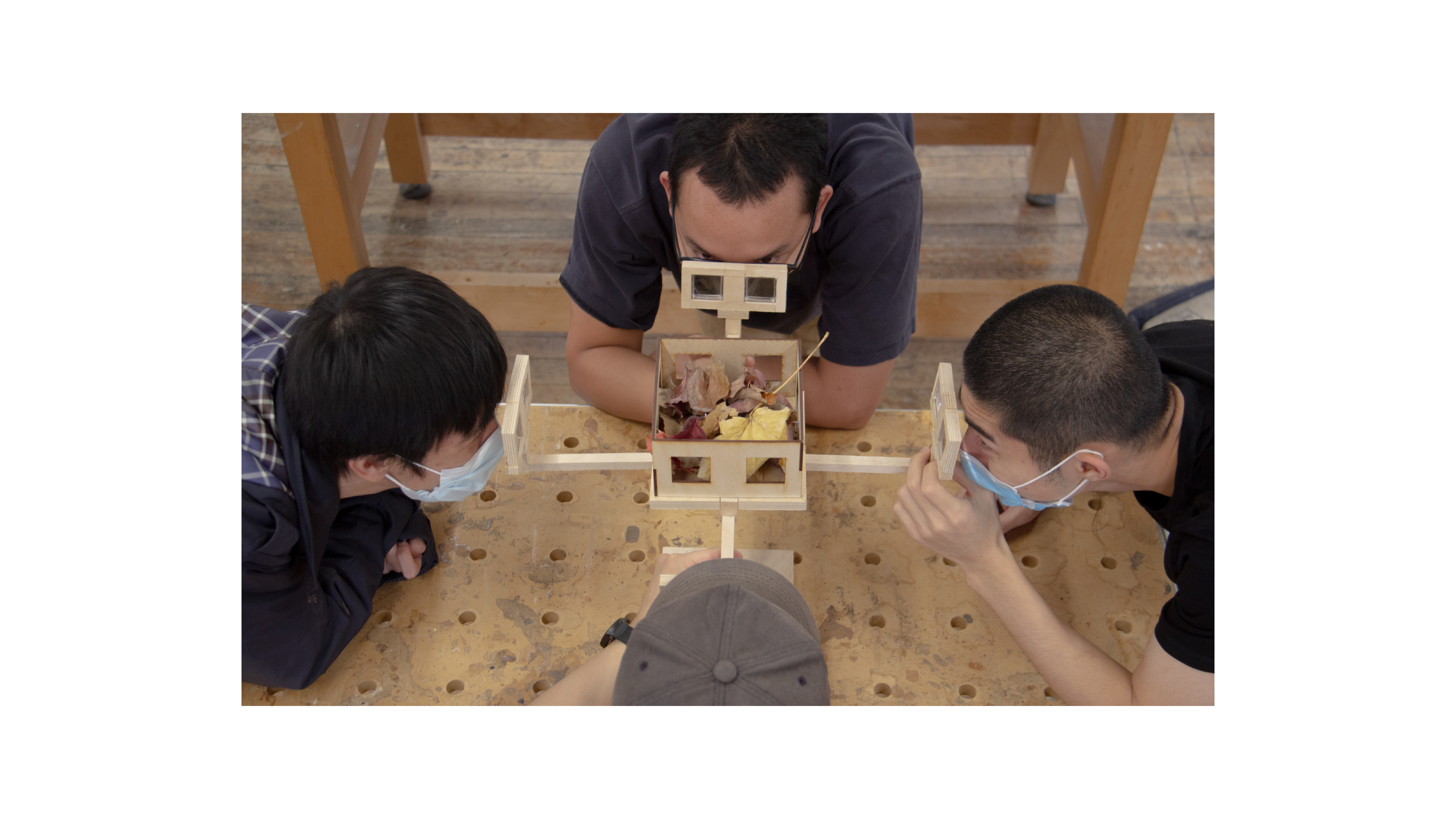︎︎︎
Rooms with a Field of View — Thesis (Work in Progress)
Life is essentially a series of rooms with a serial unfolding of before and afters. The accumulation of rooms forms experiential perceptual fields; fragments, detours, and happenings within our experiences settle into meaning, allowing us to perceive something perhaps new. Once in a while, we find ourselves in rooms with open windows which serve as powerful filters between interior and exterior worlds. During the pandemic, we might also recognize windows as our immediate companions and allies, where their framing materiality rehearse architectural histories, but also invite the sudden realization of shared time and blended images.10
Rooms with a (Field of) View seeks to illustrate, through the photographic and architectural mediums, the temporality of lived experience a symbolic value of the human-altered landscape. This subject matter contributes to place-identity and provides access to broader truths about society and place in contrast to traditional notions of architectural photography. Through photography, film, and built constructions, this thesis explores the act of framing, both materially and metaphorically. These efforts suggest the architect’s role is not the maker of static codified objects, but is prioritizing direct personal experiences or a series of events; rather than a single fixed entity. Through a lens of poetic practicality (the practicality of material and construction, and the poetics of phenomenon from site, material, environment, and landscape), different degrees of human intervention within the landscape can be viewed and framed to push a more local version of ecological awareness. New forms and relationships of images and viewing are therefore necessary.
Studies will inform the creation of three rooms for framing and viewing, with the hope that the accumulation of diverse media experiences will shed light on the significant ideas at stake. Each room will include an exploration of a window(s) with an image(s) and will be rigorously documented through photography, capturing each stage of the room’s life, from the site before the built room to after the room has been deconstructed to reconstruction in a critique setting. The room itself will be built out of fragments of the whole, only to be experienced as “whole” though photographs/media. The simultaneity of the images documented during each phase will become a collective representation of the project and the landscape in relation to the room. The work will inhabit a place between what is and what might be, continually emphasizing the difficulty of separating lived experience from our presentation of it.11
Critics and later viewers of the thesis will have to experience the work, out of its original context, through digital (website/screen), and or physical(book/prints) mediums. In today’s visual image-driven world, it is all the more important to recall how the landscape and the resultant architectural experience belong to the temporal poetries of material and touch.
